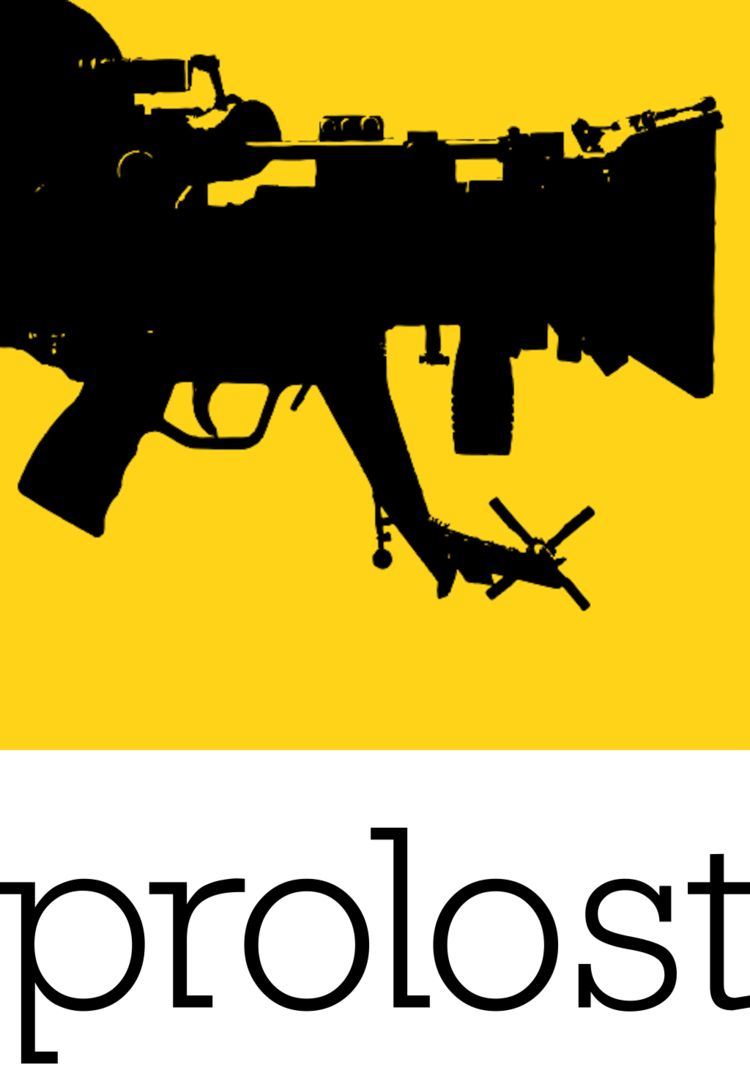As you can see, I wound up with 3D masks to control the brightness of the keyboards on two typewriters, the shadowing of the back wall, and, most importantly, the sheen on the MacBook Air. Before I added that gleam to the lower surface of the laptop, the shot was simply not telling the story.
When you are the director, DP, and colorist, the sin of “fix it in post” is no sin at all — as long as you don’t write any checks on the set that you lack the chops to cash in post. Would the shot look better if I’d lit it properly and gotten the look in 100% camera? Of course — but that’s a useless hypothetical. Thanks to the kindness of some strangers, I had an opportunity to get my shot for free, based on the promise that I’d be low-impact and quick. If I’d shown up with a lighting kit, asking to tie into their power and block access to parts of their store, my hosts would, quite rightly, start thinking about charging me a location fee. And there’s no way I’d have been in and out in an hour. So I made use of the resources I had — which included a brief window to shoot in a very cool location, a heck of a lot more time at my computer later, and a personal predilection for elaborate color grading tricks.
I budgeted my hour at the location almost perfectly — which wound up meaning “perfectly wrong.” Just as I was reliably getting good takes, the clock struck noon, and Carmen opened the door to a customer who’d been waiting patiently outside with his busted, beige printer from the late Paleolithic era. Right near the end of my best take, a reflection from the swinging door pinged the shelf in a distracting way. So I fixed that too, by pulling bits of shelf from adjacent frames.

